On Wednesday, May 29, at Columbia University's Faculty House, a sold-out crowd of librarians gathered for the SLJ Day of Dialog.
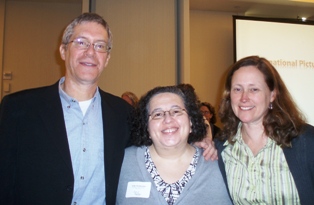 |
| Kevin Henkes with Brooklyn Public Library's Judy Zuckerman (center) and his editor, Virginia Duncan. |
Kevin Henkes, who delivered the opening keynote speech, said that his latest book, The Year of Billy Miller (Greenwillow), "approximates most closely the shape and shadow of our daily lives." In the book, second grader Billy Miller is starting the school year with a worry. Henkes shared one of his own: "I worry that I did many things wrong as a parent," but added, "Reading aloud to my children every morning was something I did right." The author-artist aims for spare, elegant prose and clarity, leaving room for silence. He said, "The craft of writing is as mysterious to me today as it was 30 some years ago."
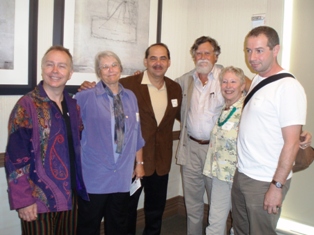 |
| (l. to r.): Jonah Winter, moderator Kathy Isaacs, artist Thomas Gonzalez, Jim Arnosky, Jennifer Berne and Elisha Cooper. |
Author and artist Jim Arnosky (Shimmer & Splash, Sterling) offered up this golden nugget of the Informational Picture Books discussion: "I don't want to put anything in a book that kids will have to unlearn later." Jennifer Berne (On a Beam of Light: A Story of Albert Einstein, Chronicle) said that she sees her audience as the child, the adult reading with the child, the person she's writing about (e.g., Einstein for On a Beam of Light) and herself. Jonah Winter (You Never Heard of Willie Mays?!, Random House) described picture books as "a form of method acting. Each has a different voice."
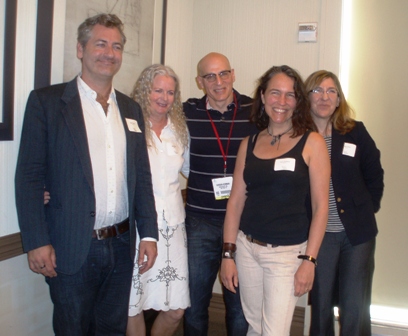 |
| Middle School panelists: (l. to r.) Josh Farrar, Holly Sloan, Gordon Korman, Ayun Halliday and Linda Urban. |
Middle School Drama and Trauma
When the Ferguson Library's Caroline Ward, moderator for the discussion "Middle School Drama and Trauma," asked why the panelists chose to write for a middle school audience, Gordon Korman (Hypnotize Me, Scholastic) answered, "Twelve is the ideal age--you're in charge of your own opinion." Holly Sloan (Counting by 7s, Penguin) said she likes to write about "characters with no body hair." And Ayun Halliday (Peanut, Random House) confessed that her 12-year-old son got her copy of Peanut, which made the rounds at camp. "They wanted to figure out how girls work," she explained.
Korman admitted that he's always gone for the laugh in any situation: "I did humor on the Titanic, which is a bit of a stretch." Sloan also wisely pointed out that "laughter can be a defense. We hold conflicting emotions at once, all the time." Ward asked the panelists if they ever think about whether they're writing for boys or girls. Linda Urban (The Center of Everything, Houghton Mifflin Harcourt), as former bookseller, believes "it's all about the cover." She also shies away from interacting with her readers on social media. "I want a child to connect with my story first," said Urban, "rather than me as storyteller first." In a discussion about voice, Josh Farrar (A Song for Bijou, Bloomsbury) said he prefers third person, which " lets you go in and out of several characters and layer your own experience across them." Halliday's first line of Peanut came to her "fully baked."
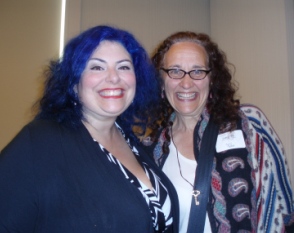 |
| Author Holly Black, with SLJ's Luann Toth |
Holly Black said that her favorite book as a teen was Anne Rice's Interview with a Vampire, which she bought for 25 cents at a garage sale. "I didn't think I'd ever write about vampires--what could I add to the conversation?" she said, adding, "Apparently I have a lot to say about vampires." Her latest novel, The Coldest Girl in Coldtown (Little, Brown) is the longest book she's ever written. In a reference that could easily sum up the central dilemma of her book Doll Bones, Black said, "I had my dolls for a looong time. I didn't realize I could keep telling stories without them."
Black showed the audience a picture of the Vampire Barbie that protected her as a child from real vampires. Then, "After much internal debate, I decided to share with you a poem I wrote in 7th grade," said Black. "It is untitled. It's truly terrible. 'Draw back from me my love..." The author is halfway through a book she's calling The Darkest Part of the Forest, a new faery YA.
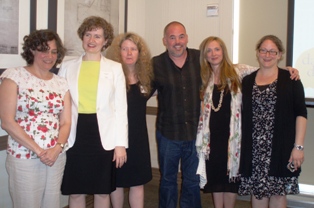 |
| (l. to r.) Elizabeth Wein, Julie Berry, Elizabeth Scott, Matthew Quick, Adele Griffin and moderator Karyn Silverman. |
Moderator Karyn Silverman of New York City's Little Red School House and Elizabeth Irwin High School, moderating the panel "Real-World Horror in YA," asked the panelists "What are you scared of?" Elizabeth Scott (Heartbeat, Harlequin), said, "People who look away when something bad is happening." Matthew Quick (Forgive Me, Leonard Peacock, Little, Brown), who counseled troubled teens, said, "They're dying for people to tell them the truth. In literature you can tell the truth." And Elizabeth Wein gave credit to the books she read as a child--Lord of the Rings, Ursula Le Guin, Alan Garner: "The rhythms of their language shaped what I'd go on to do."
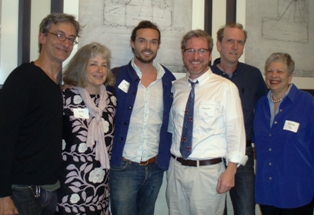 |
| Visual storytellers (l.-r.) Chris Raschka, Lizi Boyd, Oliver Jeffers, Matt Phelan, David Wiesner, with moderator Rita Auerbach. |
In an all-star panel on Visual Storytelling, moderated by children's literature specialist and storyteller Rita Auerbach, Oliver Jeffers (The Day the Crayons Quit, Penguin), revealed, "I don't really trouble myself with things like reasons." Matt Phelan said that in his third graphic novel, Bluffton (Candlewick),"I put together everything I learned from the first two books." Weisner asked, if it includes alien language, is his new book Mr. Wuffles! (Clarion/HMH) still a wordless book? Weisner added, "I write in pictures. Whether it has words or not, I begin there." He's at work on a graphic novel. Chris Raschka (Daisy Gets Lost, Random House), held up the little books he uses as dummies or guides, then said, "Wordless books can create a bigger vocabulary than books with words." --Jennifer M. Brown



SHELFAWARENESS.1222.S1.BESTADSWEBINAR.gif)


SHELFAWARENESS.1222.T1.BESTADSWEBINAR.gif)
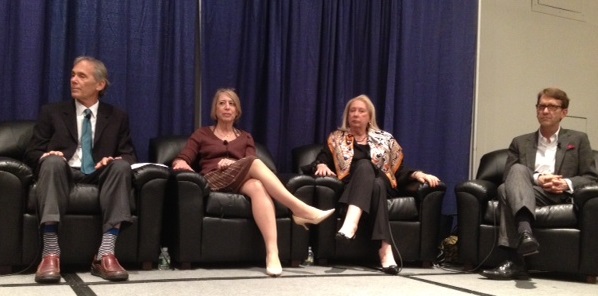
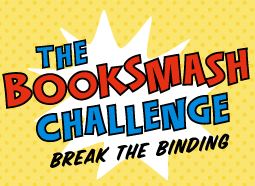 HarperCollins has launched the
HarperCollins has launched the 





 Nook Media has launched
Nook Media has launched 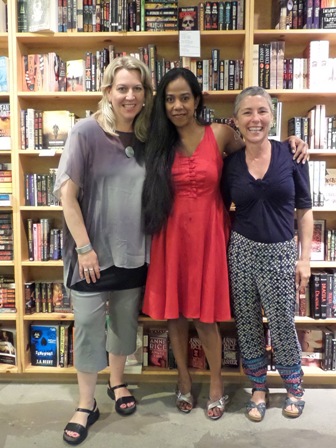
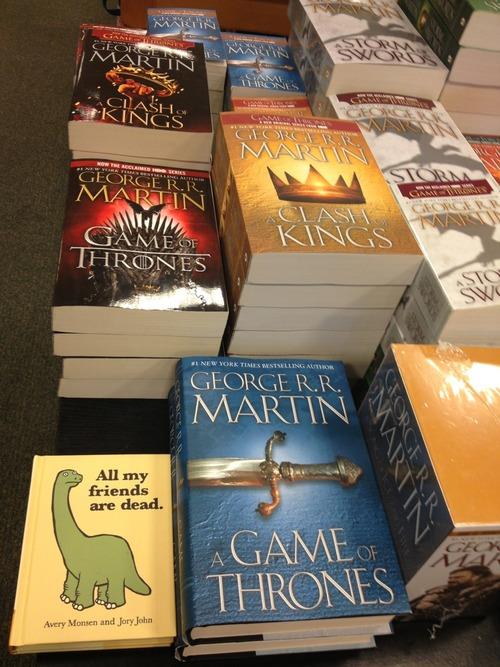
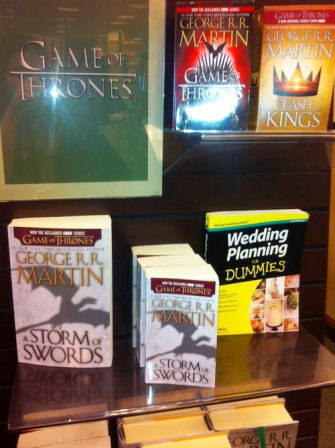
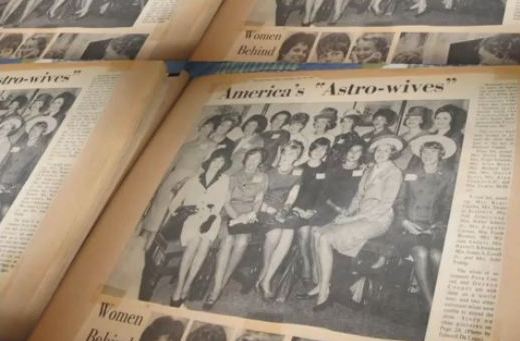 The Astronaut Wives Club
The Astronaut Wives Club
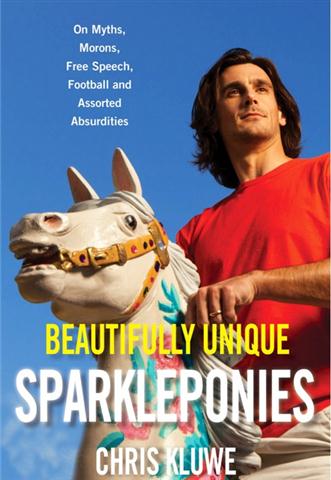 Book you've bought for the cover:
Book you've bought for the cover: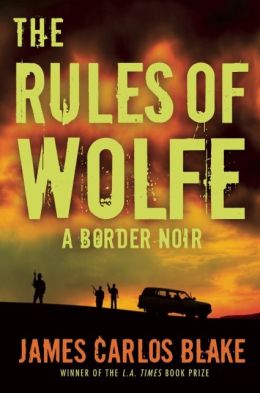 The first rule of writing noir is to make a location your own. James Carlos Blake has done just that in The Rules of Wolfe, his second novel (following 2012's Country of the Bad Wolfes) about the multi-generational, multi-cultural, multi-criminal Wolfe family. His turf is the 2,000-mile long border between Mexico and the United States, with the Wolfes settled on the Gulf end where Brownsville, Tex., rubs up against Matamoros. When Eddie Gato, the great-grandson of the family's 109-year-old matriarch Catalina, gets crosswise with the Sinaloa cartel in Sonora, his cousins Frank and Rudy Wolfe jump in a family-owned Beechcraft and fly to El Paso to rescue him.
The first rule of writing noir is to make a location your own. James Carlos Blake has done just that in The Rules of Wolfe, his second novel (following 2012's Country of the Bad Wolfes) about the multi-generational, multi-cultural, multi-criminal Wolfe family. His turf is the 2,000-mile long border between Mexico and the United States, with the Wolfes settled on the Gulf end where Brownsville, Tex., rubs up against Matamoros. When Eddie Gato, the great-grandson of the family's 109-year-old matriarch Catalina, gets crosswise with the Sinaloa cartel in Sonora, his cousins Frank and Rudy Wolfe jump in a family-owned Beechcraft and fly to El Paso to rescue him.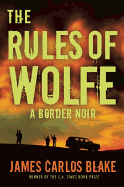
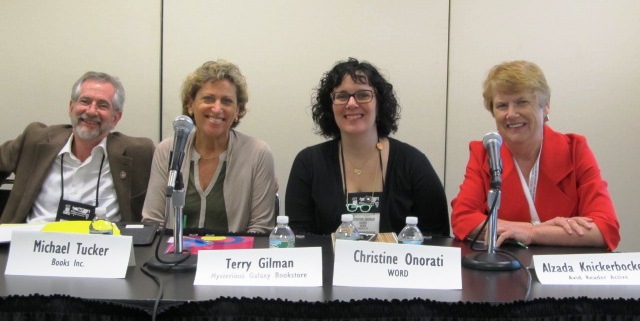 So I thoroughly enjoyed last Wednesday's session at BEA, featuring a quartet of hardy booksellers who shared the ups and downs of their expansion adventures. Moderated by ABA content officer Dan Cullen, the panel included Michael Tucker of
So I thoroughly enjoyed last Wednesday's session at BEA, featuring a quartet of hardy booksellers who shared the ups and downs of their expansion adventures. Moderated by ABA content officer Dan Cullen, the panel included Michael Tucker of